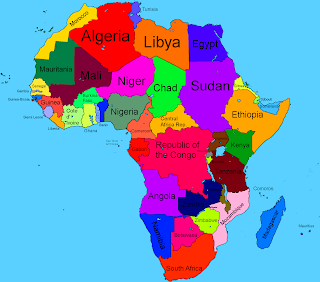$7.6bn aimed at lighting 250 million Africans
Donors to the African Development
Fund (ADF) have agreed to commit $7.6bn to speed up growth in Africa’s poorest
nations and help lift millions out of poverty.
This fifteenth replenishment of
the ADF (ADF-15), up 32% from the previous cycle, sends a strong signal of
trust in the Fund which is the concessional window of the African Development
Bank Group (AfDB.org), comprises 32 contributing states, is replenished every
three years and benefits 37 countries – including those experiencing higher
growth rates, headed towards new emerging markets, and fragile states needing
special support for basic service delivery.
ADF-15 will support Africa’s most
vulnerable countries by tackling the root causes of fragility, strengthening
resilience and mainstreaming cross-cutting issues. These include gender,
climate change, governance, private sector development and decent job creation.
Over the past 45 years, the ADF
has played an important role in the development journey of African low-income
countries.
In just nine years, it has made a
difference and positively impacted the lives of millions by improving access to
electricity for 10.9 million people, providing agriculture infrastructure and
inputs for 90 million people—including 43 million women, improved access to
markets and connections between countries for 66.6 million people; contributed
to the continent’s regional integration agenda by rehabilitating more than
2,300km of cross-border roads; and improved access to water and sanitation for
35.8 million people.
ADF-15 covers the period
2020-2022 and will build on the successes of the fourteenth replenishment by
being more selective and focused.
It’ll address the root causes of
vulnerability by systematically applying a fragility lens in all its
operations. This will be specifically targeted at regions such as the Sahel
which will see a 23% increase in resources from the ADF over the next period.
During the next three years, it’ll
scale up its interventions with bold and profoundly transformative projects
such as Desert to Power stretching across the Sahel region. This flagship
programme aims at transforming the Sahel into the world’s largest solar
production zone with up to 10,000 MW of solar generation capacity and 250
million people connected to electricity.
As part of the initiative, the
Yeleen Rural Electrification Project in Burkina Faso is set to provide electricity
to 150,000 households, while the Djermaya Project in Chad will generate 10% of
Chad’s power capacity.




Comments
Post a Comment